LED Light Bulbs - NEW!
Both Incandescent and LED Bulbs can be used in most of our fixtures.
Incandescent Bulbs are less expensive and produce good light, but they are not as efficient as the LED’s and they produce more heat. LED (Light-emitting diode) Bulbs are more efficient, and last longer, produce very little heat, but are generally more expensive.
Wattage is the power rating that tells one the brightness of an incandescent light bulb. The higher the wattage of a lightbulb, the greater the use of electricity.
LED bulbs use less electricity to produce light. The strength of the LED bulbs is shown using Lumens. Lumens measure light output. LED bulb manufacturers indicate the strength of the light that bulbs emit using lumens.
Estimated Equivalents Chart
Incandescent Min. Light Output in Lumens LED
25W 250 Lumens 3-4W
40W 450 Lumens 4-5W
60W 800 Lumens 6-8W
75W 1100 Lumens 9-13W
100W 1600 Lumens 16-20W
125W 2000 Lumens 21-23W
What is color temperature?
Color temperature is a way to describe the light appearance provided by a light bulb (lamp). It is measured in degrees of Kelvin (K) on a scale from 1,000 to 10,000. Typically, commercial and residential lighting application Kelvin temperatures fall somewhere on a scale from 2000K to 6500K. A light bulb’s (lamp’s) color temperature lets us know what the look and feel of the light produced will be. The color temperature of a light bulb (lamp) is assigned using the basis of correlated color temperature (CCT).
For example, if you heat up a metal object, the object appears to glow. Depending on the Kelvin temperature that the metal object is being heated at, the glow will be various colors, such as orange, yellow or blue. The color temperature of light bulbs (lamps) is meant to replicate the Kelvin temperature of the metal object.
What color temperature is right for me?
Understanding Kelvin temperature (K) makes it easier to choose lighting that gives you the look and feel you want.
Warm White (2000-3000K) – Cool White (3100-4500K) – Daylight (4600-6500K)
At the lower end of the scale, from 2000K to 3000K, the light produced is called “warm white” and ranges from orange to yellow-white in appearance.
Color temperatures between 3100K and 4500K are referred to as “cool white” or “bright white.” Light bulbs (lamps) within this range will emit a more neutral white light and may even have a slightly blue tint.
Above 4500K brings us into the “daylight” color temperature of light. Light bulbs (lamps) with color temperatures of 4500K and above will give off a blue-white light that mimics daylight.
When a lightbulb lists color rendering index (CRI), it is a quantitative measure of the ability of a light source to reveal the colors of various objects faithfully in comparison with an ideal or natural light source.
Showing all 20 resultsSorted by popularity
-
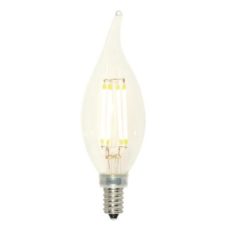
CCL WH52720 LED Candelabra Base 60W Filament
$4.75 Add to cart -
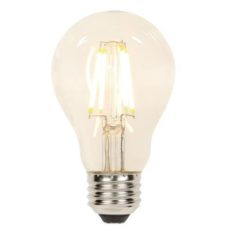
CCL WH53165 LED A-19 60W Filament
$6.95 Add to cart -
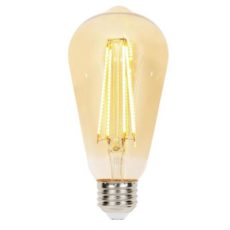
CCL WH53178 ST20 60W Filament Amber LED
$8.95 Add to cart -
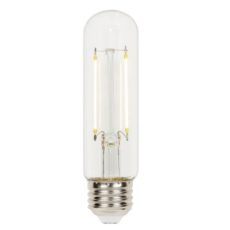
CCL WH45185/35185 LED Medium Base T10 Tubular Bulb 60W Filament
$10.50 Add to cart -
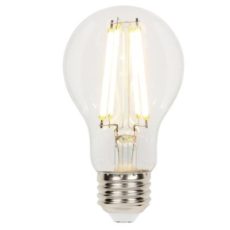
CCL WH51672 LED Medium Base 75W Filament
$9.25 Add to cart -
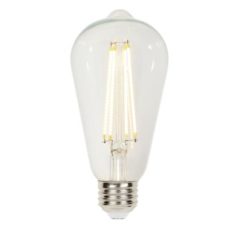
CCL WH45183 LED ST20 60W Filament
$8.50 Add to cart -
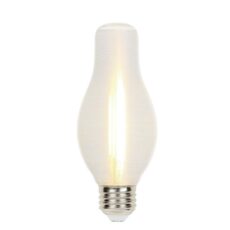
CCL WH52760 LED 60W Filament Dimmable
$16.75 Add to cart -
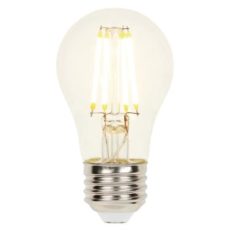
CCL WH43166 LED A-15 Medium Base 40W Filament
$10.25 Add to cart -
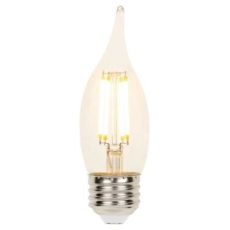
CCL WH43171 LED Medium Base 60W Filament
$9.75 Add to cart -
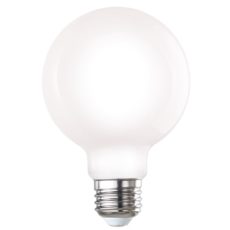
CCL BR776696 7Watts Milky G25 2700K LED Bulb
$10.95 Add to cart -
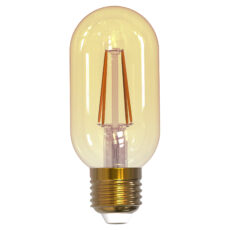
CCLBR776905 T14 E26 Medium Base Nostalgic 4W LED
$14.50 Add to cart -
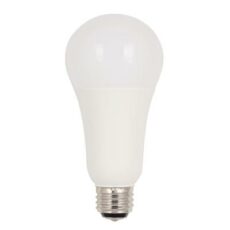
5/15/21 Watt (50/100/150 Watt Equivalent) Omni A21 3-Way LED Light Bulb2700K Soft White Light E26 (Medium) Base, 120 Volt
$23.25 Add to cart -

WH5318000 6.5 B11 Filament LED Dimmable Frosted 2700K
$8.25 Add to cart -
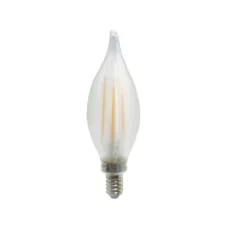
CCL BR776590 4W Fully Dimmable Spunlite Satin LED 2700K
$11.25 Add to cart -
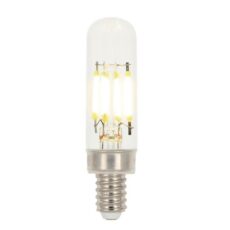
WH51680 4.5 Watt (40 Watt Equivalent) T6 Dimmable Filament LED Light Bulb
$9.00 Add to cart -
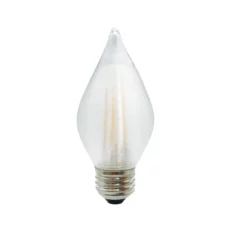
CCL BR776592 4W LED C15 2700K FILAMENT E26 SATIN SPUNLITE FULLY COMPATIBLE DIMMING
$17.25 Add to cart -
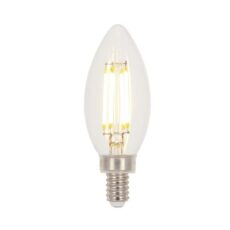
CCL WH53168 60W (4.5W) Filament LED Dimmable
$10.75 Add to cart -
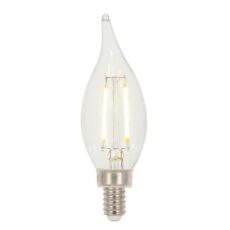
CCL WH45172 LED Candelabra Base 40W Filament
$8.75 Add to cart -
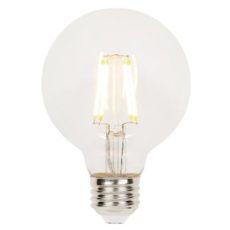
CCL WH53173 Filament LED G25 Medium Base Globe Dimmable Light Bulb
$11.75 Add to cart -
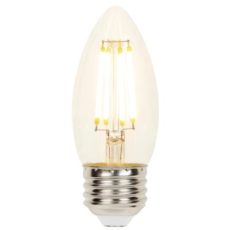
CCL WH43169 LED Medium Base 60W Filament
$10.00 Add to cart
Showing all 20 resultsSorted by popularity

